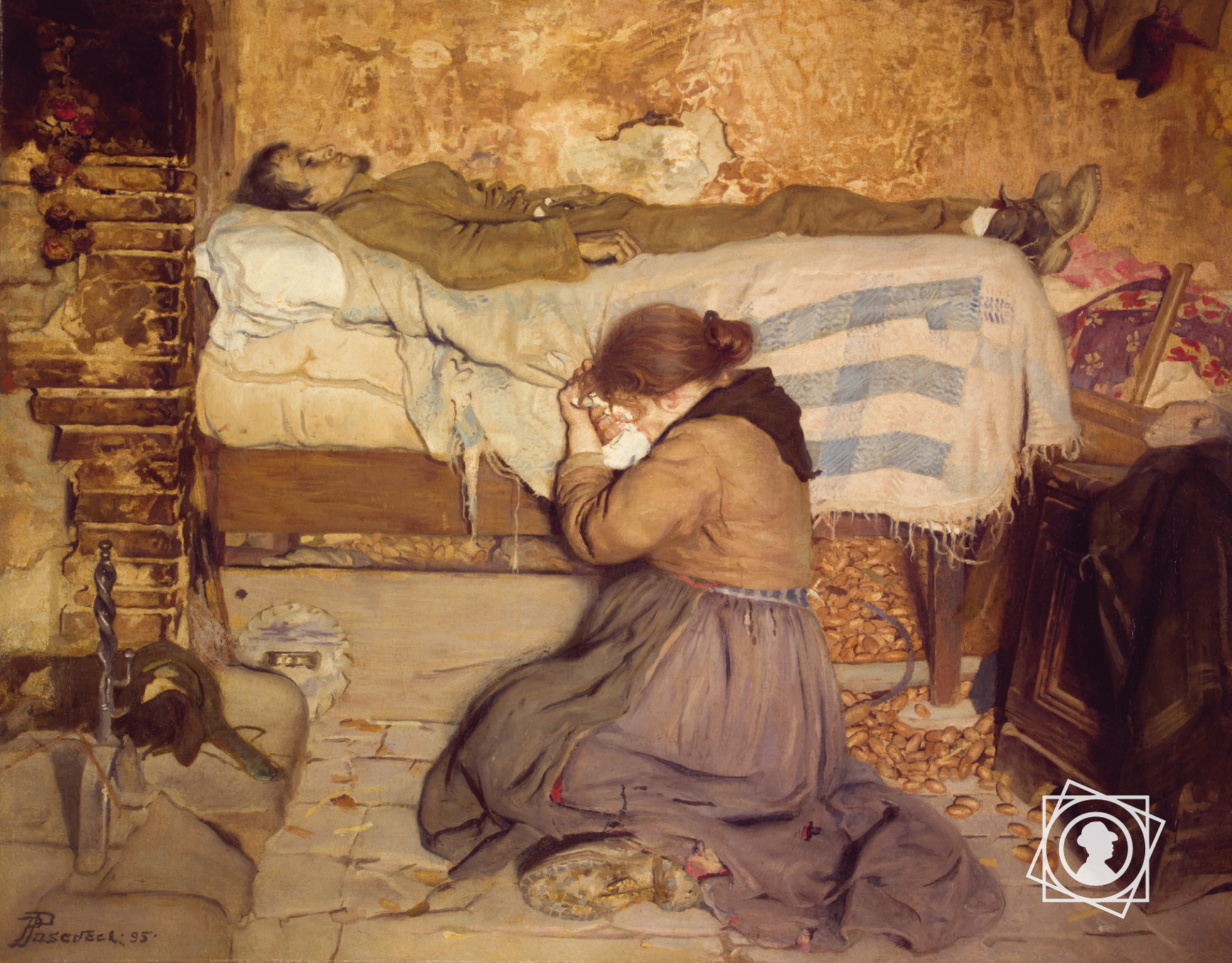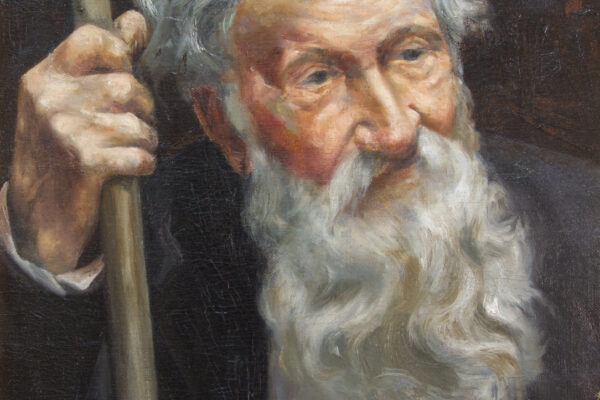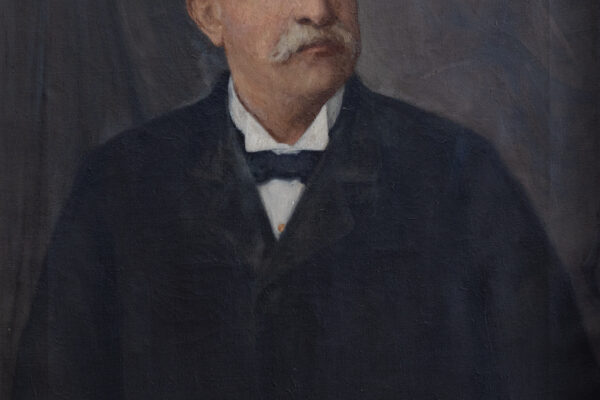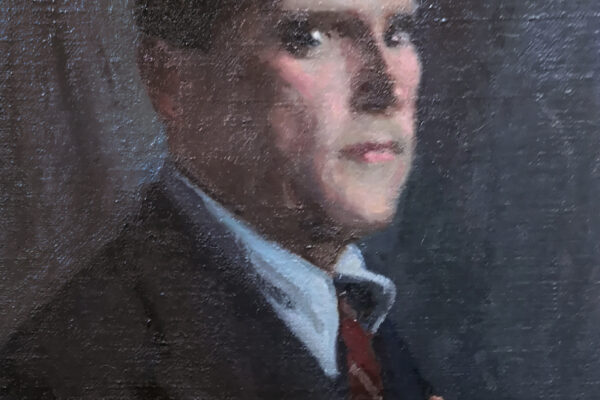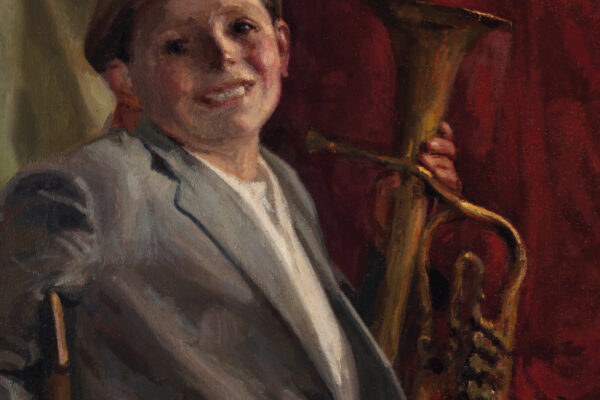Oil on canvas, 75×95 cm
1895
Signed and dated at lower left
Florence, CR Firenze art collection
In a cold, sparely furnished room a man lies on a bed, dead before his time of malaria, despite the attempts to heal him testified by the quantity of scallions packed into the space under the bed, evidence of a folk remedy for viral and respiratory ailments. Weeping inconsolably next to him is his young wife, expecting a child who will be born into the most abject poverty. The two immobile figures take on a monumental solemnity and become an icon of universal grief and the iniquity of fate, mythic themes exhibited here in the artist’s preferred modern language of realism.


